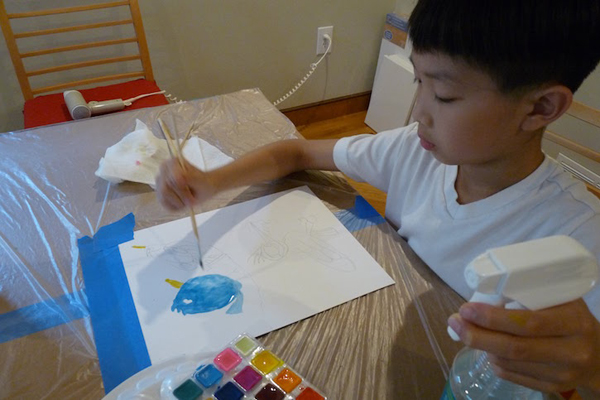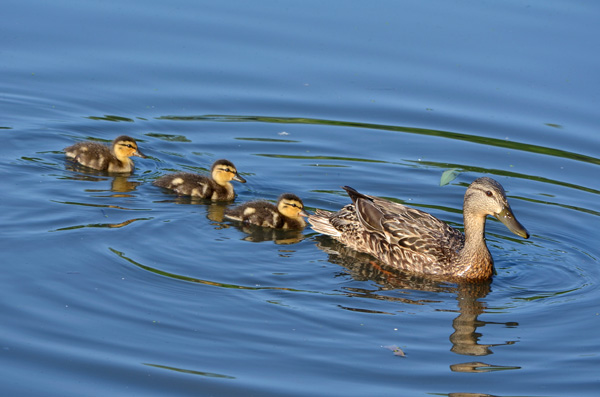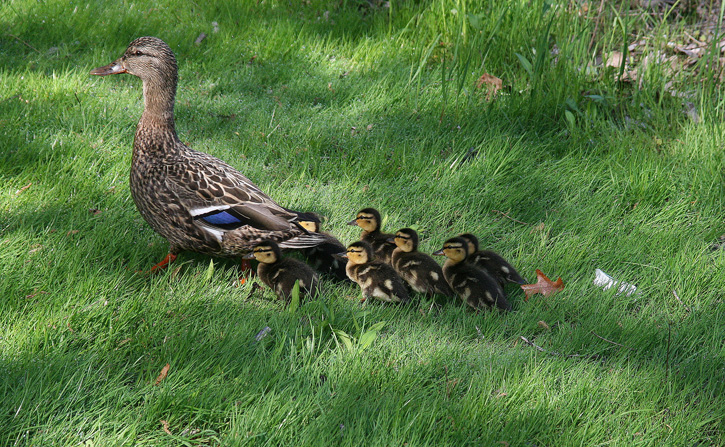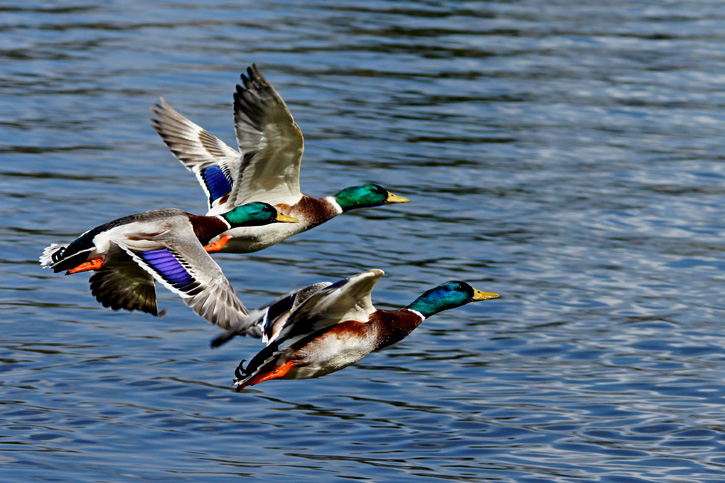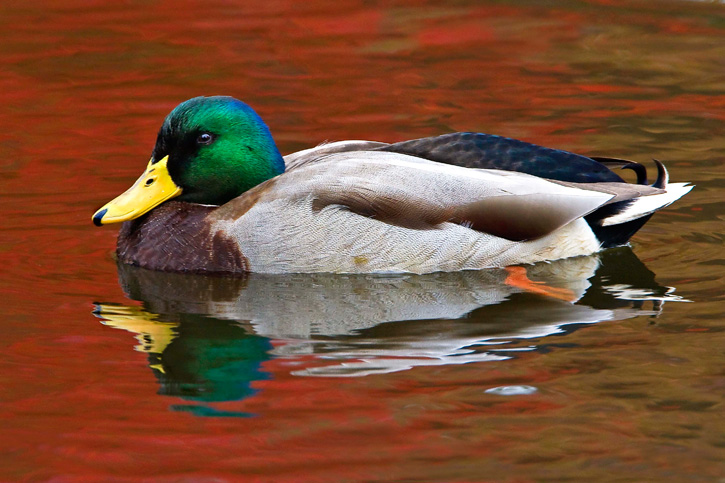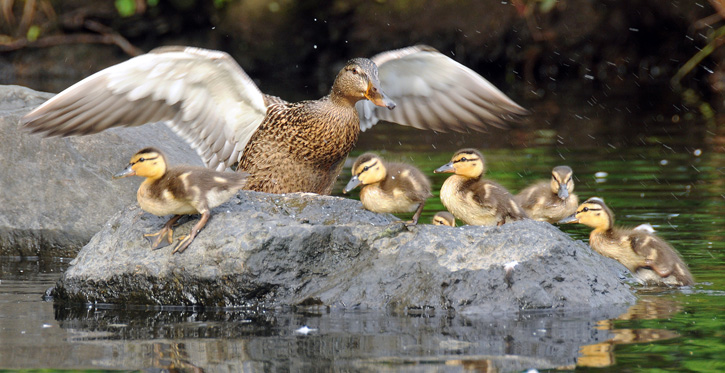If you visit the Museum of American Bird Art (MABA) in Canton, you can see works by Andy Warhol, Barry Van Dusen, Frank Benson, John James Audubon, and Noah, age 8. Noah, who lives in Holliston, is one of the many young artists from around the country who has participated in MABA’s Taking Flight: Juried Youth Bird Art Exhibition.

For the past 2 years, the museum has put out a call to children ages 4-18 to submit their drawings and paintings of birds. Of the submissions, 28 are chosen for the exhibition, the opening of which includes a chance to meet renowned bird artists such as David Sibley (2016) and Barry Van Dusen (2017).
For Noah, Taking Flight was an opportunity to combine two passions and learn along the way. “I love animals and I love drawing. So I love drawing animals!” he said, noting that he likes drawing birds “because they show us just how beautiful our world is and how important it is that we make nature conservation a priority.”
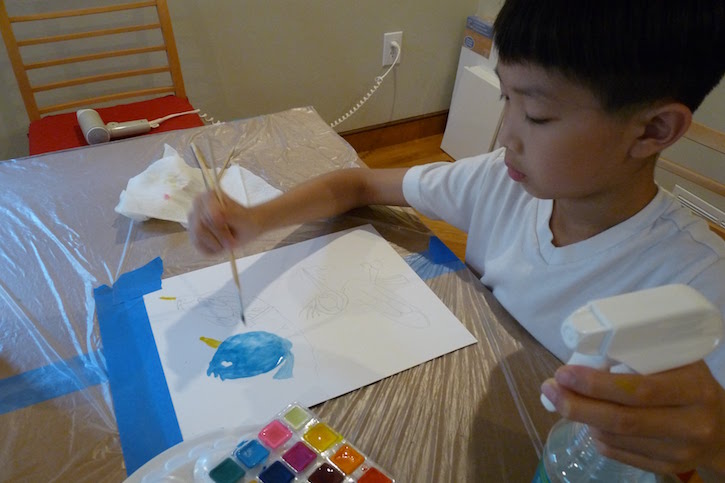
His piece Tweety Birds, Tweety Birds What Do You See? I See Beautiful Colors All Around Me, was selected for the 2017 exhibition and is now on view at MABA. This is something Noah is especially proud of—a feeling he wishes everyone can experience.
“I hope anyone who likes to draw takes the opportunity to enter!” Noah said. And now’s your chance. The 2018 exhibition is accepting entries through June 15, 2018.
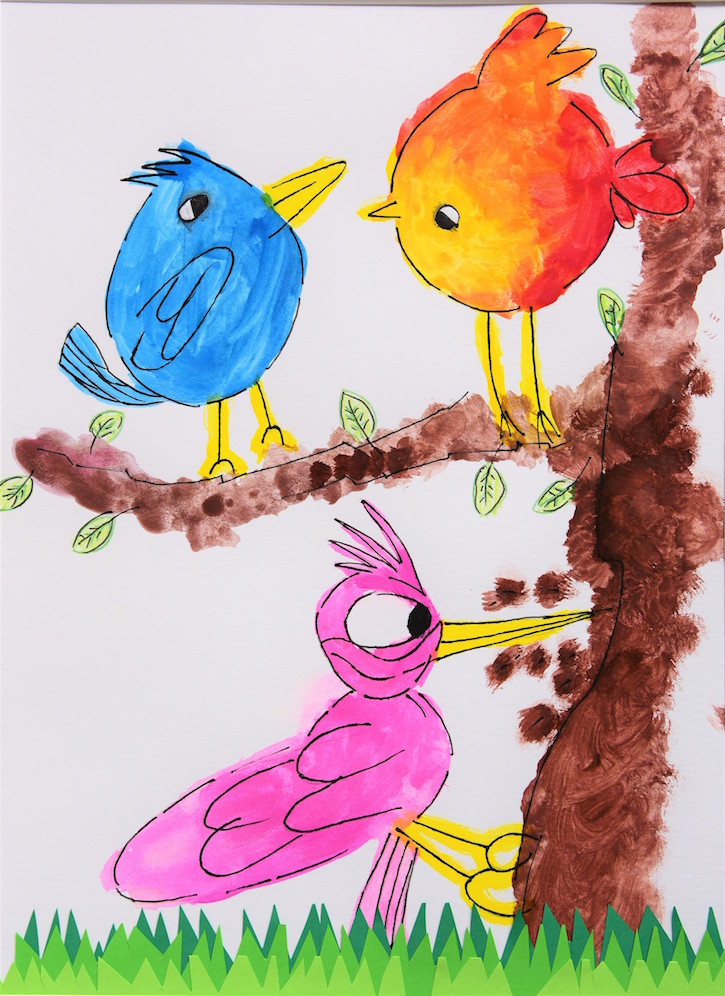
Tweety Birds, Tweety Birds What Do You See? I See Beautiful Colors All Around Me by Noah Chen
We’ll be featuring more young artists on MABA’s blog, so be sure to subscribe!


